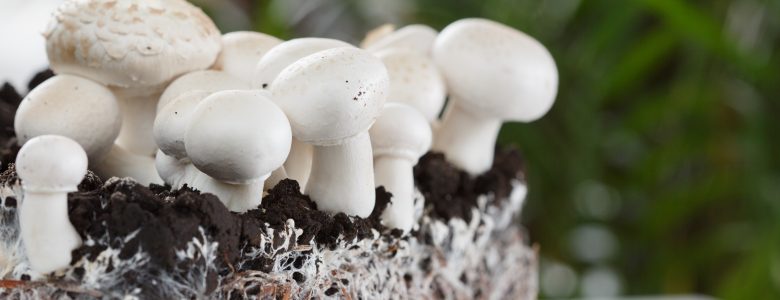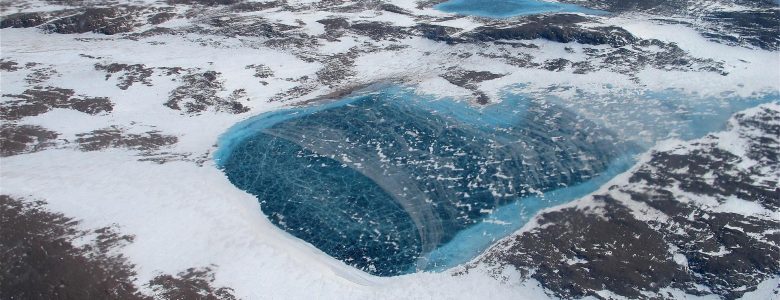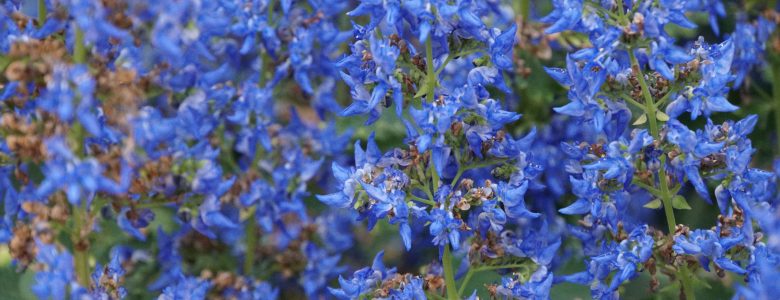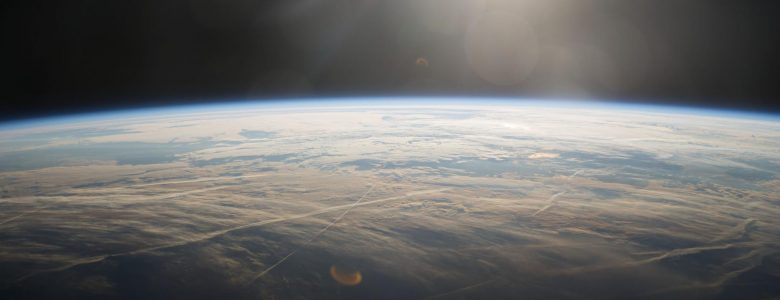May 18, 2020
Mycelium: Man’s Unexpected Best Friend

Red speckles and poofy, majestical shapes that appear to be pulled straight from a fairy tale are most likely at the forefront of your mind when you think of mushrooms – or, perhaps, some colorful, swirly-whirly imagery and “hippie babble” come to mind.
But there’s far more to mushrooms than meets the eye. Mycelium, the vegetative part of fungi that forms during the hyphae growth stage of mushrooms, has piqued the interests of researchers around the globe.
In recent years, scientists have put mycelium under the microscope due to its physical strength and pharmacological properties. This has opened the floodgates for mycelia to serve as a natural construction compound for building houses or creating new medicines.









